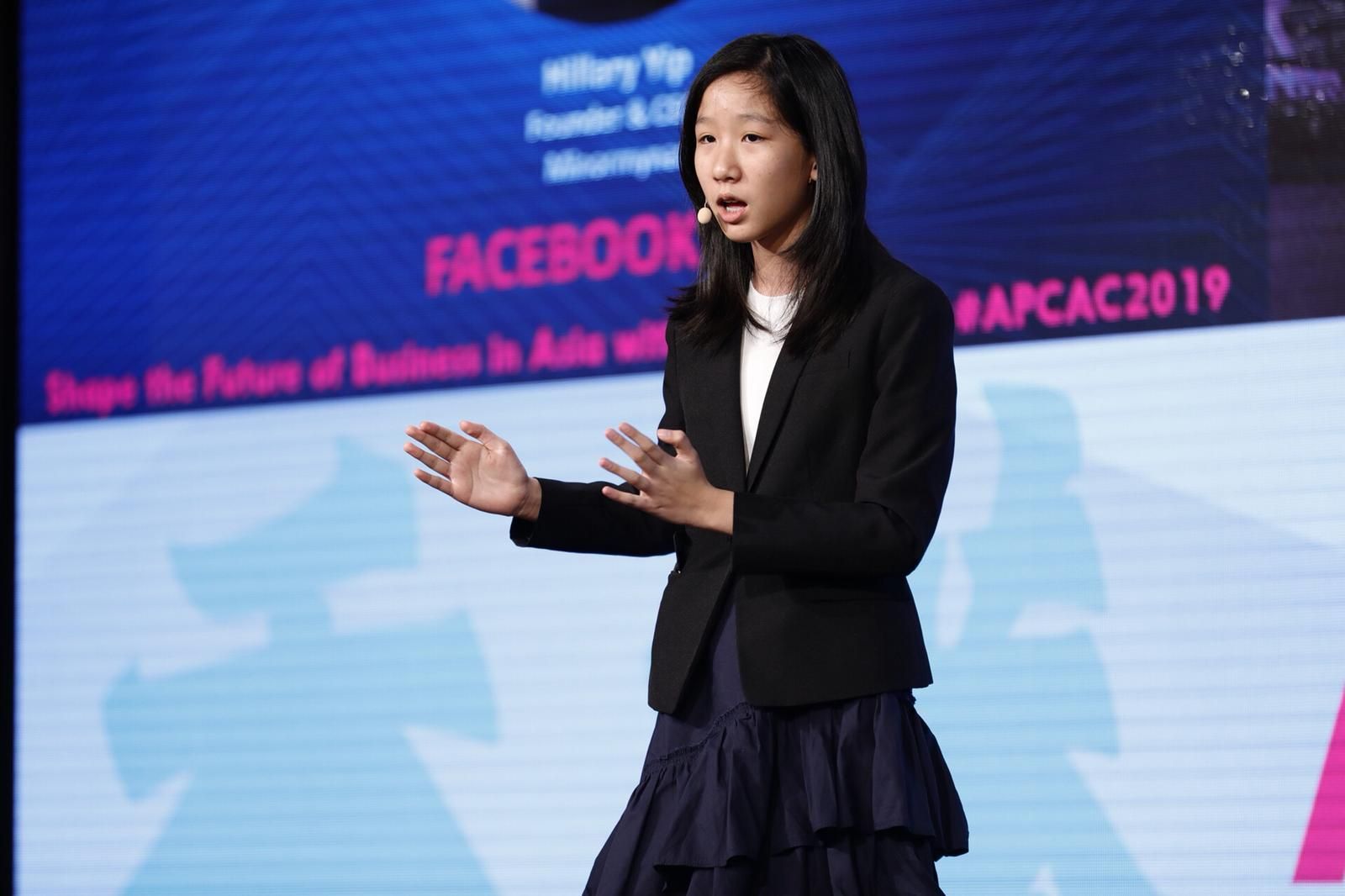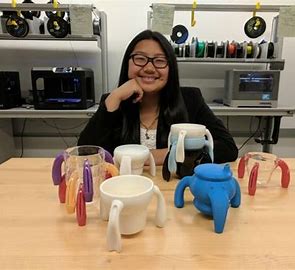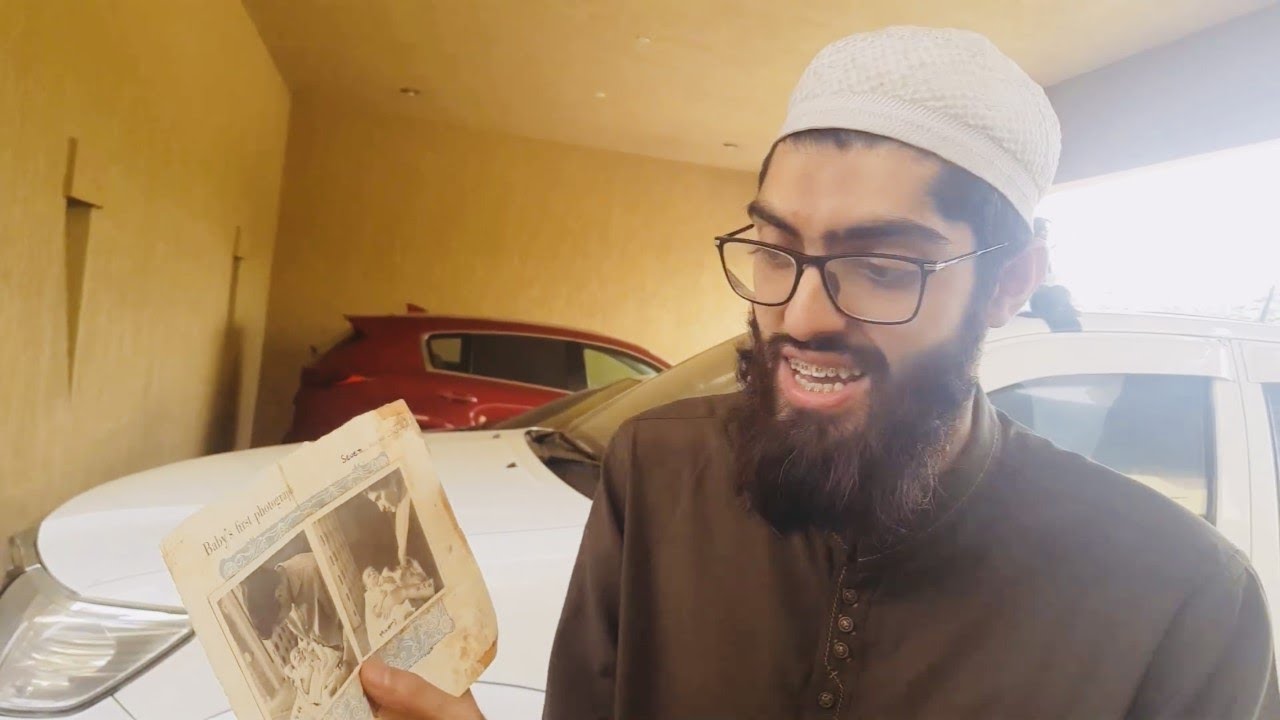Being a 13-year-old boy, Hart Main was eager to get his hands on a $1,500 bicycle. But when trying to come up with the money to buy it, Main began taking an old joke to a new level.
He had been teasing his sister about some scented candles that she had been selling at her school because they smelled feminine. What was to become of the men at the school who wanted nice smells that were more “up their ally?”. His solution: ManCans.
The simple, masculine candles are handmade by a disabled workforce and include scents such as campfire, bacon, sawdust, fresh-cut grass, and grandpa’s pipe. But an interesting twist introduced by Main was to put the candles into old soup cans. He would purchase soup and donate unused food to local soup kitchens.
By 2016, ManCans were being sold in every state, achieving six figures annually in sales and donating a portion of their profit to soup kitchens in Ohio, Pennsylvania, West Virginia, and Michigan. Main later expanded his company with the creation of SheCans, candles that were targeted toward female scents.
Main’s story is inspiring because he could take a product primarily targeted toward one sex and apply it to another. He was able to recognize an ignored market opportunity and discovered how to make the product more appealing to the men who had been neglected. Main was also able to recycle cans that otherwise would have been thrown away. His attention to the packaging of his product helped sell the “masculine” aspect of his company, and it helped the kitchens around him that were in need.
CLICK HERE FOR MORE INFORMATION: https://www.investopedia.com/10-successful-young-entrepreneurs-4773310



